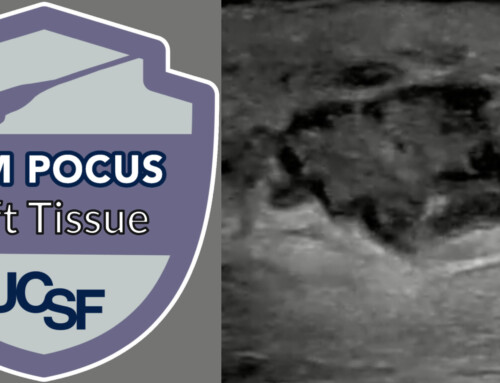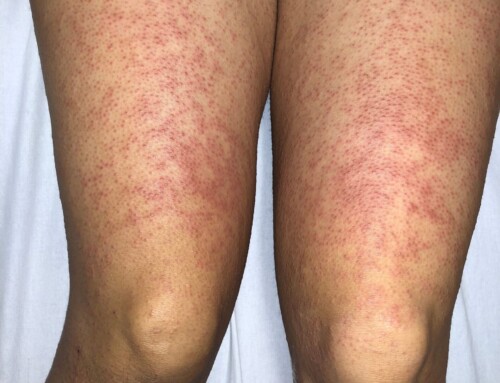
A 6-year-old male presented to the pediatric emergency department (PED) for scalp lesions. He was seen by his pediatrician 2 weeks prior and prescribed antibiotics and a delousing shampoo for suspected cellulitis versus lice infestation. Symptoms did not improve despite completion of treatment. An outpatient ultrasound was performed showing “multiple scalp echogenic nodular lesions measuring from 0.5 cm to 1.2 cm in the long axis diameter.” The following differential diagnosis was entertained: lymphadenitis, benign avascular mass, epidermal inclusion cyst, or pilomatricoma, and the patient was started on clindamycin. Due to concern for an oncologic process, a surgery consultation was placed to arrange for a biopsy. Four days after the ultrasound and before the biopsy could be performed, the patient and his mother presented to the PED due to worsening symptoms. Multiple new lesions developed across the patient’s scalp which bled when pressure was applied. The patient denied fever and reported intermittent pruritus and pain over the lesion sites. The mother reported a history of travel to Ecuador one month prior to symptom onset.






